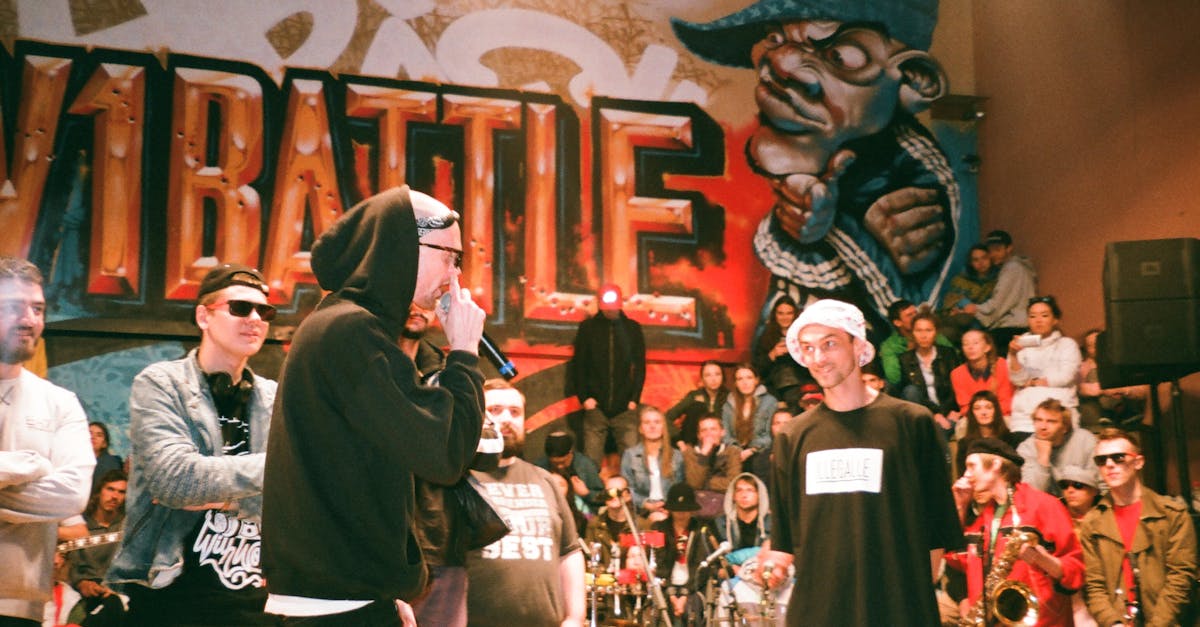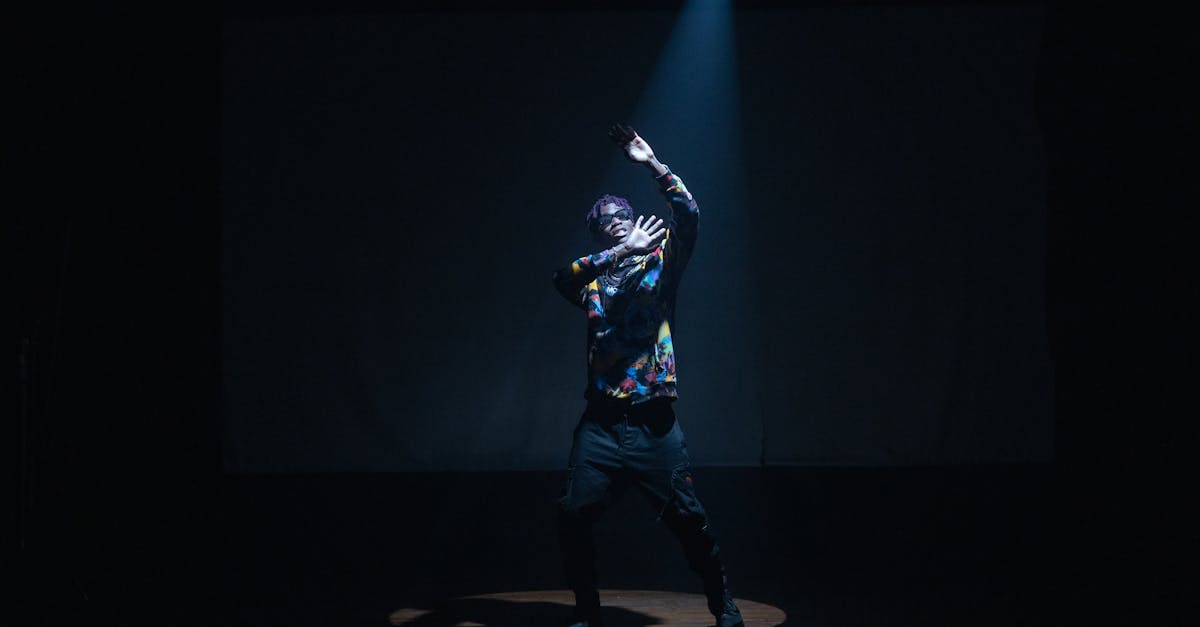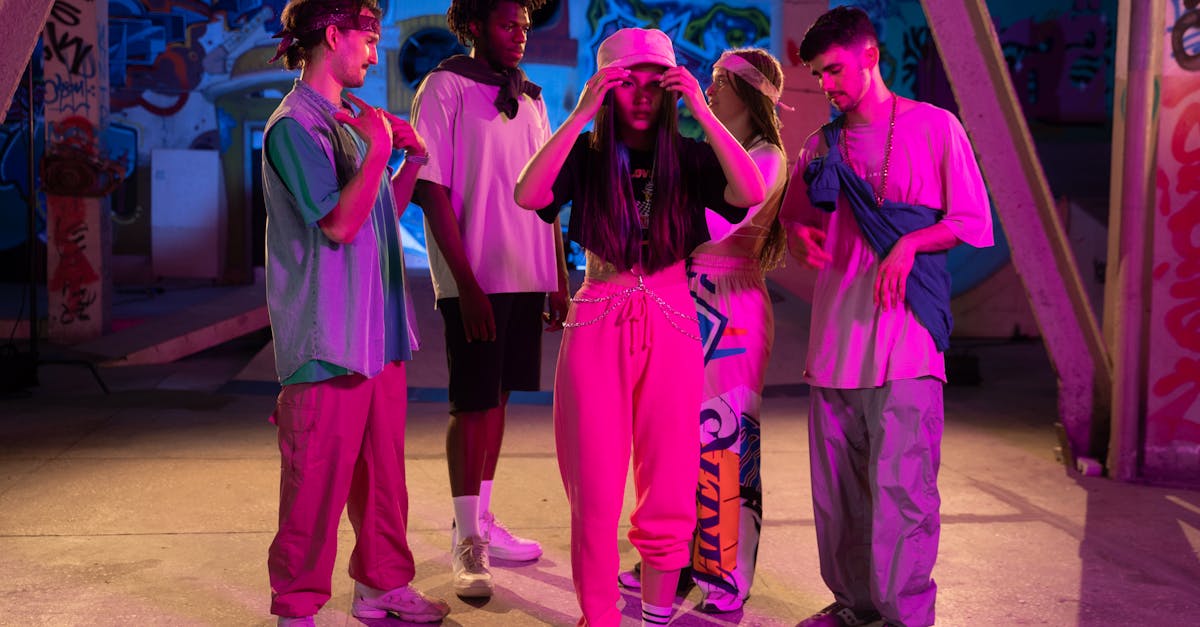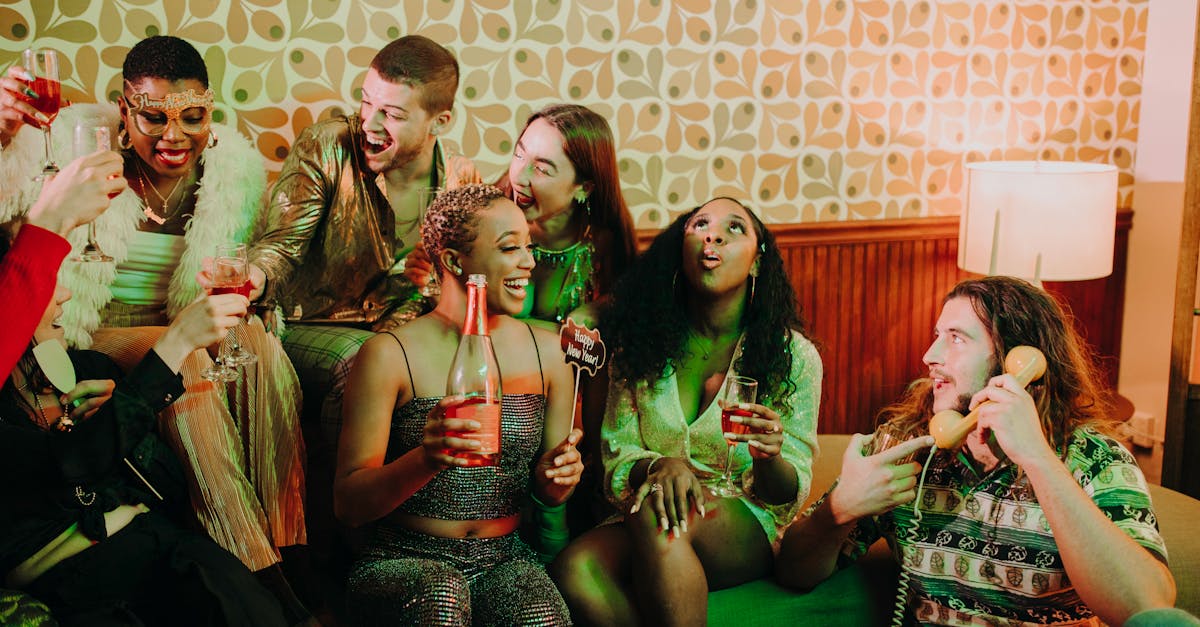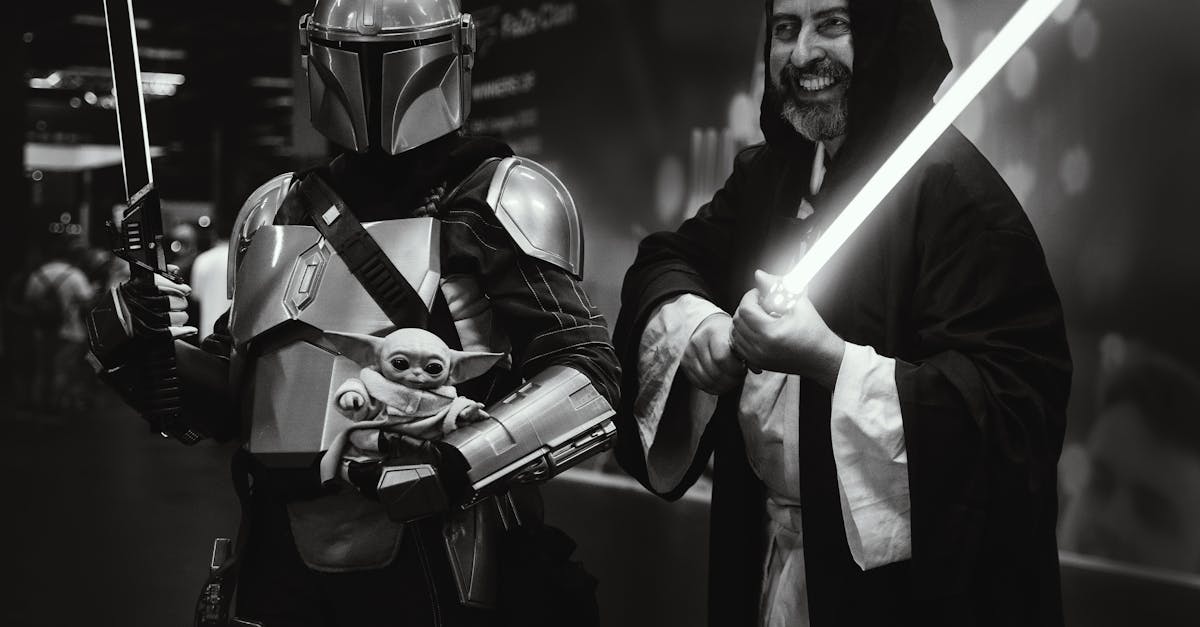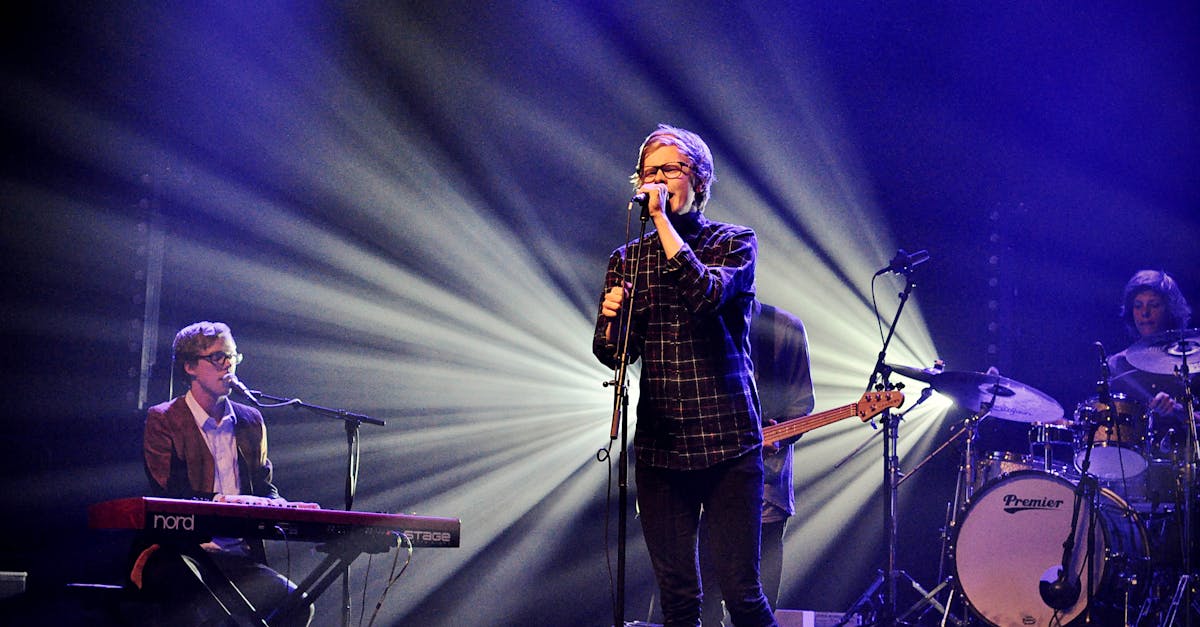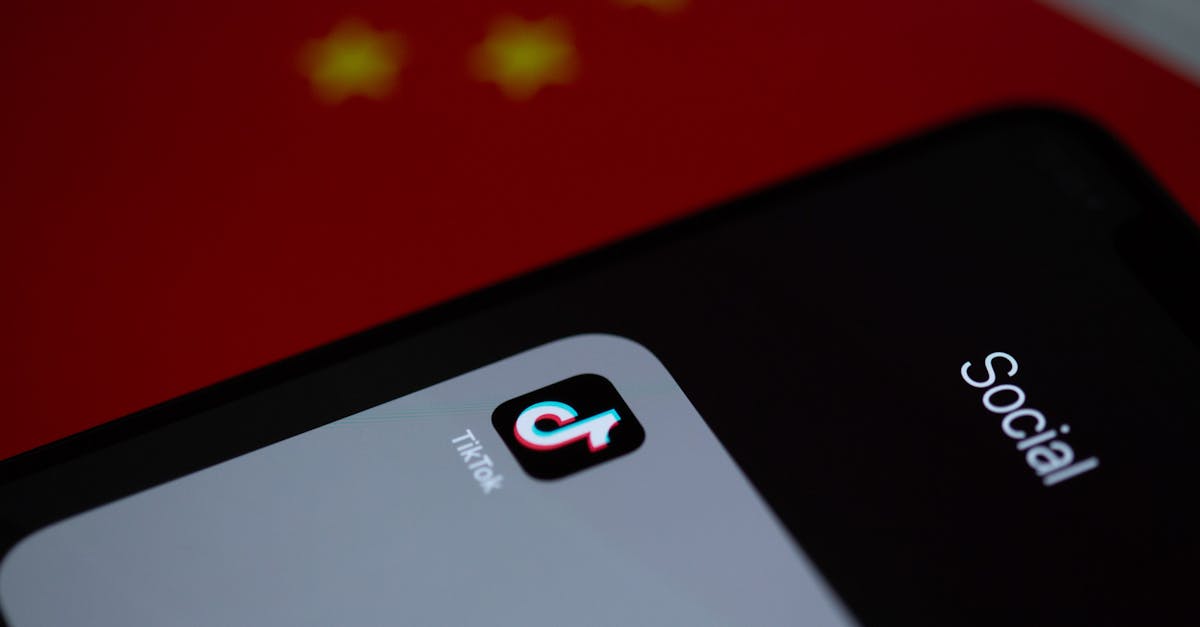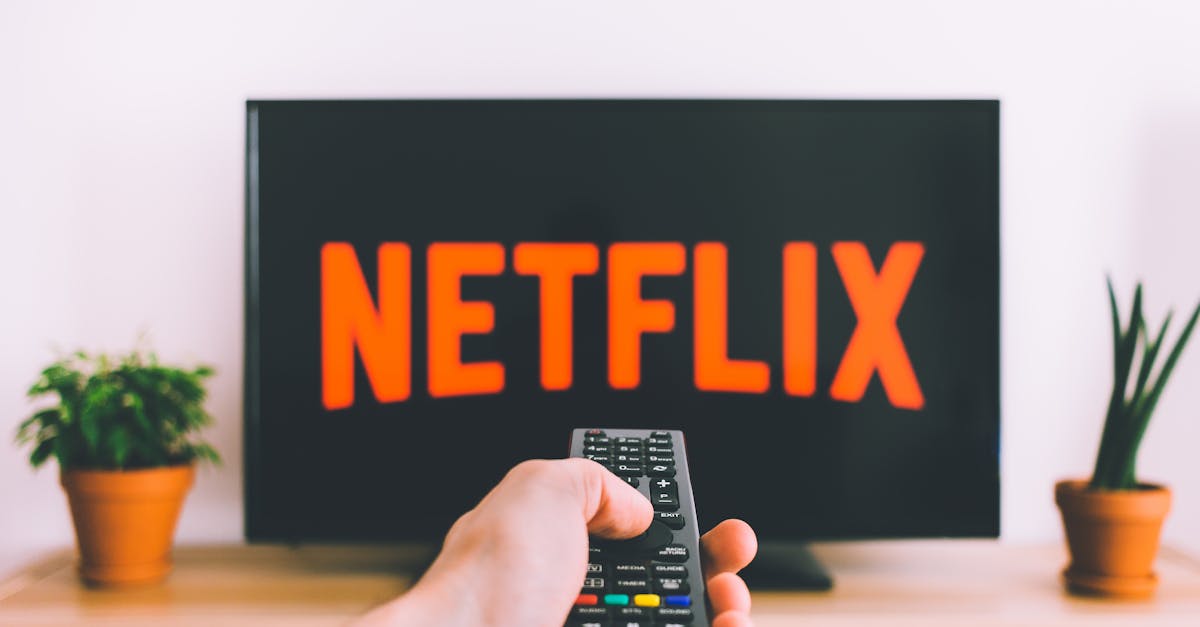Urban Groove Reimagined Unveiling Modern City Rhythms
Introduction
Urban Groove Reimagined is a captivating exploration of how our evolving cities pulse with unique cultural rhythms. This urban phenomenon encapsulates the dynamic interplay of music, art, and lifestyle within metropolitan spaces. From the spontaneous street performances to the vibrant visual art scene, urban groove captures the spirit of city life. But what does the term "urban groove" truly signify in today's context? With cities transforming into melting pots of creativity and diversity, urban groove acts as a cultural lens. As traditional boundaries dissolve, the music of daily life redefines itself, inviting us to experience its transformative power. This article delves into how urban groove is being reimagined and reshaped, offering readers a fresh look at modern city life.
Advertisement
Historical Context and Evolution
The origins of urban groove can be traced back to the late 20th century when hip-hop emerged from the streets of New York City. Initially rooted in the African American community, it was a raw expression of city living and societal issues. Over the years, this musical genre expanded its cultural footprint, influencing fashion, art, and social narratives.
Artists began to incorporate traditional sounds with urban beats, creating unique fusions that reflected their environment. This evolution demonstrates the adaptive nature of cities and their cultural output. From DJ turntables to graffiti art, urban groove became an emblematic component of urban culture. Today, it continues to evolve, absorbing everything from electronic music to indie sounds, symbolizing the diverse essence of urban society.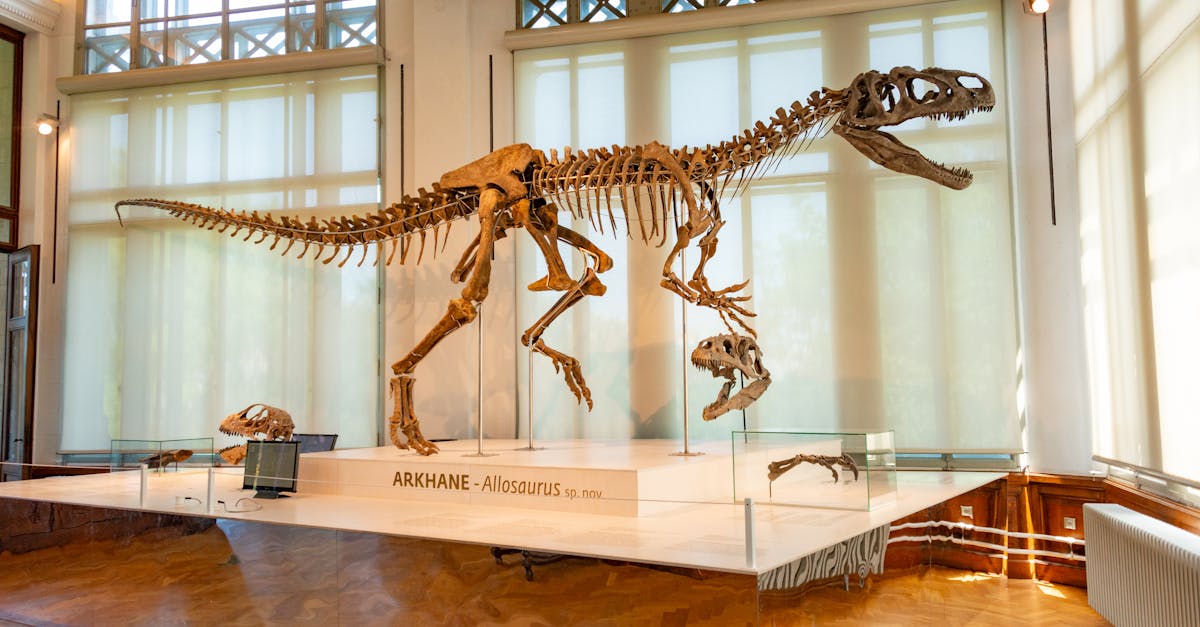
Advertisement
Urban Groove and Architecture
The concept of urban groove extends beyond music. It has a profound connection with city architecture and design. Buildings and public spaces often give voice to city rhythms through their structure, layout, and functionality. Architects are now designing spaces that encourage creative interactions. Through innovative materials and sustainable designs, urban settings are transforming into liveable canvases. Streetscapes adorned with murals and installations infuse cities with a sense of energy and color. These architectural choices invite communities to engage with their environment actively, promoting cultural dialogues and movement in city spaces. Urban groove, in this sense, becomes an immersive experience that harmonizes daily routines with cultural expression.
Advertisement
The Role of Street Performance
Street performers, whether musicians, dancers, or visual artists, play a central role in the reimagining of urban groove. They bring art to audiences outside traditional venues, transforming public spaces into dynamic stages. This accessibility breaks down barriers, making art an integral part of everyday city life. Street performers provide an organic blend of culture and spontaneity, enriching the urban atmosphere. Their presence fosters a sense of community and belonging in bustling cityscapes, and they often serve as catalysts for cultural exchange and dialogue. As more cities recognize the value of street art, regulations are easing, allowing for greater creative freedom. This support not only adds vibrancy to urban environments but also underscores the cultural significance of urban groove.
Advertisement
Influence of Technology on Urban Grooves
Technology's role in reimagining urban groove is profound. Digital platforms and social media have democratized access and participation in urban cultural movements. Artists can now reach broader audiences, transcending physical boundaries with the click of a button. This technological revolution has enabled virtual collaborations, merging traditional urban sounds with cutting-edge digital elements. Virtual reality and augmented reality create immersive soundscapes that interact with physical settings. These advancements enhance the urban groove, allowing audiences to explore a multi-layered cultural experience. As technology continues to evolve, it will further redefine city rhythms and foster new forms of creative expression.
Advertisement
The Global Influence and Exchange
Urban groove is not confined to one city or region. Its influence is felt globally, shaping and being shaped by diverse cultures. Cities worldwide exchange cultural motifs, creating a rich, eclectic blend. From New York to Rio de Janeiro, urban grooves integrate indigenous sounds with urban beats, showcasing global heritage. Music festivals and cultural events act as platforms for this exchange, encouraging artists to collaborate and innovate. This global dynamic enriches the urban groove, giving it depth and diversity. As cities become more interconnected, this cultural exchange will continue to thrive, redefining what it means to belong to an urban groove.
Advertisement
Urban Groove and Social Movements
Urban groove is inherently linked to social movements, serving as a medium for expression and activism. Historically, music and art have been powerful vehicles for social change, amplifying marginalized voices and stories. Today, urban groove continues this tradition, focusing on issues like climate change, racial equity, and social justice. Murals, performances, and music are not just artistic expressions but messages demanding attention and action. These cultural creations invite citizens to engage with and reflect on societal challenges. Urban groove empowers communities, inspiring them to advocate for change and envision a more inclusive future.
Advertisement
Reimagining Urban Groove Through Festivals
Cultural and music festivals have become vital platforms in the reimagining of urban grooves. These events bring together diverse talent, transforming cities into epicenters of cultural celebration. Whether it’s a jazz festival lighting up New Orleans or a street art showcase in Berlin, these gatherings create immersive experiences. Festivals, with their vibrant energy and fusion of genres, epitomize the essence of urban groove. Such events provide opportunities for artists to experiment, collaborate, and present new works, pushing boundaries of traditional forms. They also foster community spirit and promote cultural tourism, emphasizing the economic and social potential of urban groove.
Advertisement
Challenges and Opportunities
While urban groove offers exciting possibilities, it faces challenges. Rapid urbanization and gentrification often threaten the spaces that nurture cultural expression. Rising costs and stricter regulations can stifle creative endeavors. Yet, these challenges also present opportunities for community-driven solutions. Initiatives aimed at preserving creative spaces and advocating for artists' rights are on the rise. Collaborative efforts between local governments and artists can lead to sustainable cultural policies. Urban groove continues to be resilient, inspiring cities to prioritize inclusivity and innovation. By addressing these challenges, cities can protect and enhance the cultural sectors critical to maintaining a thriving urban groove.
Advertisement
Conclusion
Urban Groove Reimagined presents a vibrant tapestry of cultural expression within modern city life. As urban landscapes continue to evolve, so does the rhythm they exude. From music and architecture to technology and social movements, urban groove encapsulates the pulse of city living. Recognizing its significance encourages communities to celebrate diversity and creative expression. This dynamic interplay of culture and environment incites a renewed appreciation for the arts within urban spaces. Urban groove proves that cities are not just places of residence but cultural ecosystems. As the world continues to embrace this concept, our cities will increasingly reflect the diverse blend of life and creativity characteristic of the 21st century.
Advertisement
